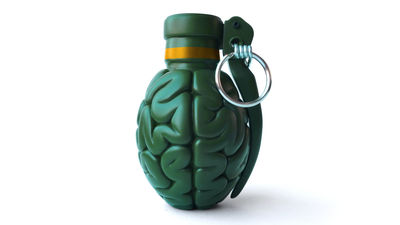Finally a synthetic embryo with a ``brain'' and a ``beating heart'' is produced

A research team by Professor Magdalena Zernicka-Goetz, who studies stem cells at the University of Cambridge, has announced that it has created a `` synthetic embryo with a brain and a beating heart .'' The synthetic embryos produced by the research team have tissues similar to naturally grown embryos and are expected to be a stepping stone for the development of artificial organs for transplantation in the future.
Synthetic embryos complete gastrulation to neurulation and organogenesis | Nature
'Synthetic' embryo with brain and beating heart grown from stem cells by Cambridge scientists
https://www.cam.ac.uk/stories/model-embryo-from-stem-cells
Stem cells are cells that have the characteristic of being able to differentiate into cells in any part of the body, and research is progressing around the world to create retinas and organs for transplantation using stem cells. Similarly, several studies have been conducted to create embryos (early developmental states of multicellular organisms) from stem cells, but in conventional research it was considered difficult to create embryos with organs that function normally. .
In the case of mammals, when a fertilized egg differentiates into an embryo, 'stem cells that will form body tissues in the future' and 'stem cells that support the development of the embryo' emerge, and these stem cells grow while interacting with each other. increase. The research team prepared three types of mouse stem cells and induced the expression of specific genes to reproduce an environment in which stem cells interact with each other. As a result, the formation of a 'beating heart', 'basic structure of the brain' and 'yolk sac' was confirmed.
The image below is a naturally formed embryo on the top and a synthetic embryo created by the research team on the bottom. Comparing the two, you can see that the brain and heart have grown equally.

If the interactions between the three types of stem cells are disrupted in the early stages of embryonic differentiation, organism development will fail. For this reason, elucidating the interaction mechanism between stem cells will help reduce the risk of human pregnancy failure. In this study, mouse embryos were used to form synthetic embryos, but the research team is preparing to conduct research using human embryos.
Related Posts:







